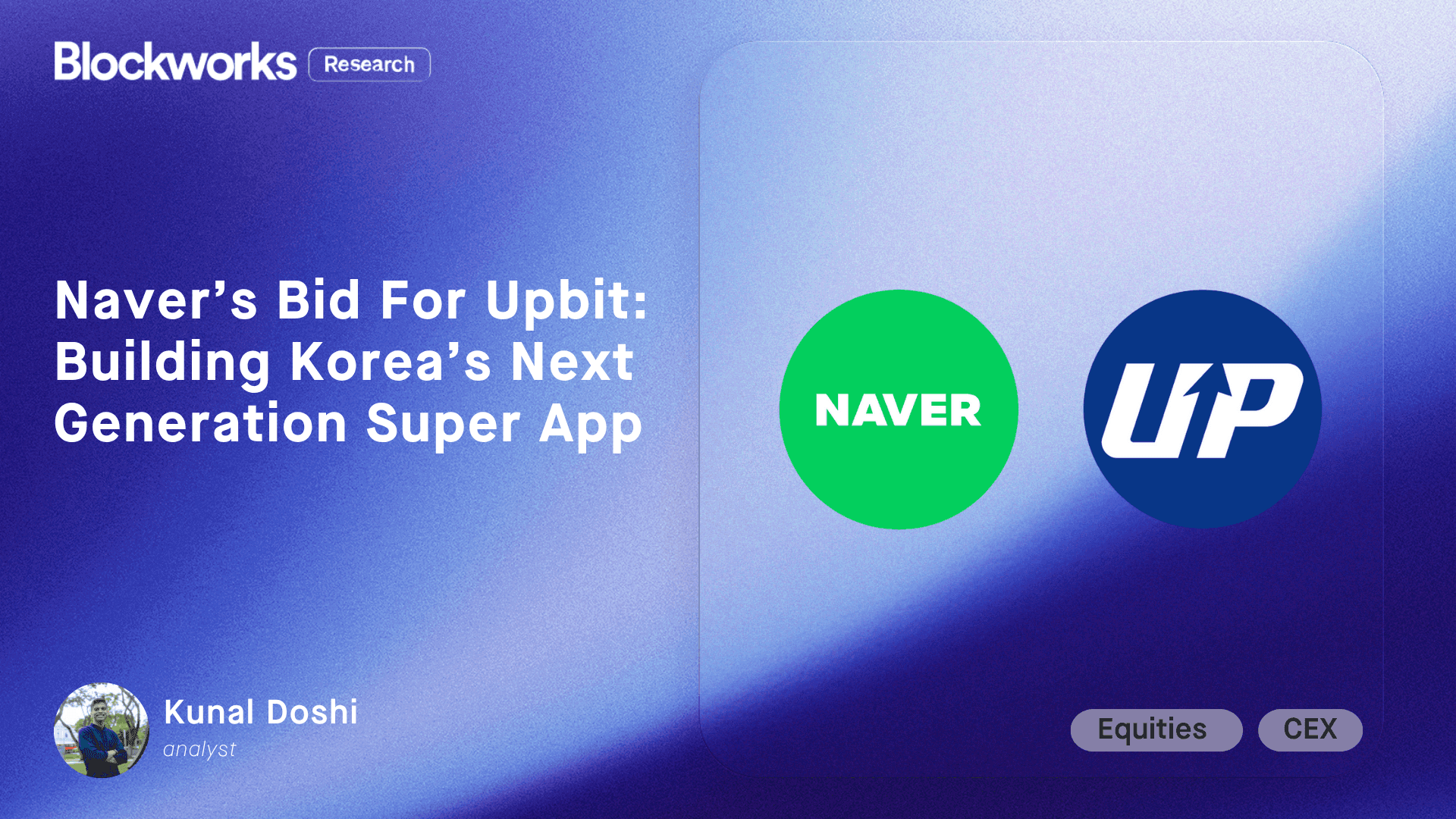Helium Mobile expands presence in Mexico
The move hints at Helium Mobile’s broader development strategy

OscarGlezt/Shutterstock modified by Blockworks
This is a segment from the Lightspeed newsletter. To read full editions, subscribe.
The crypto-incentivized cell network provider Helium Mobile is bringing Helium network coverage to 2.3 million Mexicans via a partnership with Movistar, the country’s second largest carrier service.
Under the new plan, Movistar will pay for its subscribers to use Helium coverage where possible, and Helium hotspot operators will be rewarded with tokens. The expanded Mexico deployment hints at Helium Mobile’s broader development strategy: grow its network in new markets by partnering with existing telecommunications companies.
Helium Mobile sells hotspot devices that people can plug in to function as mini cell towers, and it also offers cellular plans based on its patchwork of hotspots mixed with T-Mobile coverage in the US. Helium’s network is monetized with its Solana-based token, HNT. In addition to building a cellular network that aims to unseat legacy cellular networks, Helium Mobile has also looked to partner with them.
The company piloted an activation with Movistar, which is a subsidiary of the Spanish telecom giant Telefónica, in January 2024. The limited rollout happened in Mexico City and Oaxaca. A little over a year later, Helium is targeting 300 locations for hotspot deployment. Currently, 91 hotspots are live. Together, Helium Mobile and Movistar will create a hybrid system whereby subscribers’ phones will switch between the networks based on availability.
Helium Mobile general manager of network Mario Di Dio said partnerships like this one are advantageous for mobile virtual network operators — cell providers that do not operate their own cell towers, but functionally rent cell service from other operators — since Helium’s hotspots can provide service more cheaply. Movistar has contested being labeled an MVNO, but it does pay AT&T for mobile traffic in Mexico.
Helium Mobile offers a version of this in the US, and it has partnered with two of the three big mobile network operators in the US. Although these MNOs run their own cell towers, Helium Mobile can provide connectivity in cellular dead zones, which tend to emerge in indoor locations, Di Dio explained.
By growing its own cellular network while striking data offloading deals with telcos, Helium Mobile thinks it can have its cake and eat it, too. Carrier offload programs like the one in Mexico incentivize people to plug in Helium hotspots, and more hotspots make the network better for Helium’s own cell network. Helium pays T-Mobile for data when its own network can’t provide coverage.
Also as part of the partnership, Helium Mobile’s decentralized physical infrastructure machines will start being sold in Movistar retail stores.
“We will literally have a traditional telco company like Movistar selling DePIN miners on the shelves [in] retail stores, which to me is kind of a mind blowing achievement,” Di Dio said.
Updated Friday, February 21 at 4:10 pm ET: Clarified there are 300 target locations for deployment, not 300 hotspots.
Get the news in your inbox. Explore Blockworks newsletters:
- The Breakdown: Decoding crypto and the markets. Daily.
- 0xResearch: Alpha in your inbox. Think like an analyst.






